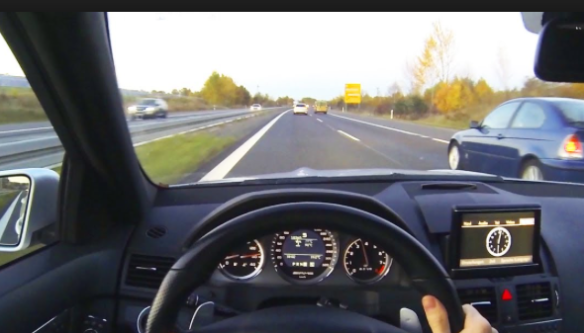
Or are we zombies?
Frequently, perhaps most of the time, I feel I drive on “autopilot”. That is, I drive without awareness of driving. This is especially true when driving along highly familiar routes, such as my 1-hour commute from NJ to Brooklyn. While driving, my clear conscious experience is typically on something else: perhaps what’s on the radio, perhaps a problem at work, or a personal relationship. Clearly, however, my sensory motor system is working. I’m steering, turning, responding to other cars, etc. Others might suggest that I’m “multitasking”, switching between 2 conscious modes, but I don’t feel that’s the case. Continue reading



